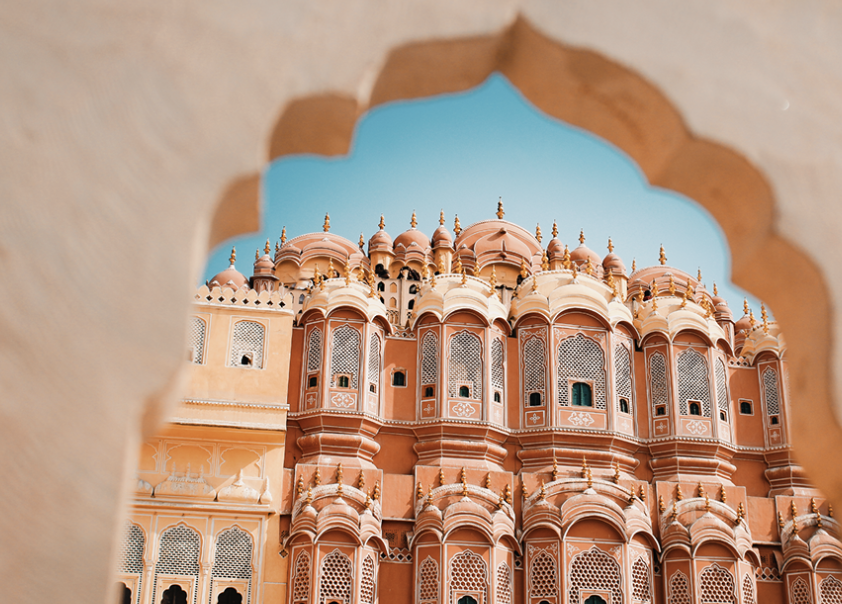
A move by Indian prime minister Narendra Modi to make Hindi the country’s dominant language has been met with an atmosphere of hostility and friction.
Modi’s Bharatiya Janata Party (BJP) government has been accused of pushing a one-sided agenda to promote “Hindi imposition” and “Hindi imperialism,” generating a heated backlash from non-Hindi-speaking states and communities in the south and east of the country.
Tensions have intensified in recent weeks, with protesters taking to the streets of Kolkata defiantly displaying the message “Say No to Hindi Imposition.” In the Tamil community, the news has only brought anguish. In November, police reported that M. V. Thangavel, an 85-year-old farmer in Tamil Nadu, read a statement intended for Modi outside a local political office. “Modi government, central government, we don’t want Hindi… get rid of Hindi,” he proclaimed. Thangavel then set himself alight in protest and tragically did not survive.
In a recent speech, M. K. Stalin, the chief minister of Tamil Nadu, said, “The BJP is trying to destroy other languages by trying to impose Hindi and make it one language on the basis of its ‘one nation, one everything’ policy.” After a fractious political and linguistic past in Tamil Nadu, today only Tamil and English are taught in public schools.
India remains one of the most linguistically diverse countries in the world, with over 700 languages and thousands of state, regional, and even community-localized dialects. Despite rising tensions, World Hindi Day will be observed as planned on January 10—a day signifying the anniversary of the first Hindi words spoken at the United Nations General Assembly in 1949.
According to the most recent census in 2011, 43.63% of the country was classed as Hindi speaking, yet relative to the 1.2 billion population (2011) other languages such as Bengali, Marathi, and Tamil, which make up less than 10% each, still amounted to millions of speakers. In 1949, a new constitution dictated that India should not adhere to one national language. Instead, 14 languages at the time (now 22) were formally denoted, with Hindi and English declared as official languages for the purpose of government communication. In the decades since, there have been several unsuccessful attempts to make Hindi the sole official and dominant language of India, each time resulting in violent protests and causing the government to U-turn.
Multilingualism remains at the heart of India. Contrary to mass political efforts toward the adoption of Hindi, more individual media and streaming outlets are making content accessible to alternative- and minority-language speakers. In a drive to make its videos more inclusive, YouTube is to enable multiple language options, including some regional dialects, for Indian users.
At a recent Google for India event, Ishan John Chatterjee, director of YouTube India, revealed that the company will initially start trialing an option to change audio tracks on health-related videos. “Video is a particularly efficient strategy for disseminating health information in a way that is understandable and accessible to everyone, not just a professional audience. We want to help truly democratize important health information,” he said.
Beyond privately owned companies, entire states and regions in India continue to push for resources in languages other than Hindi and English. In West Bengal, native Bengali speakers are not able to open a bank account, fill out a tax return, or book a railway ticket in their mother tongue. In response to the BJP’s claims that a national level of Hindi will bring unity, Bangla Pokkho, a Bengali nationalist group established in 2018, insists diversity is the only valid future for India.
Speaking to the Guardian, the group’s general secretary Garga Chatterjee said, “They want to transform India from a union of diverse states to one a nation state, where people who speak Hindi are treated as first-class citizens while we non-Hindi people, including Bengalis, are second-class citizens.”
Athina Kontos







